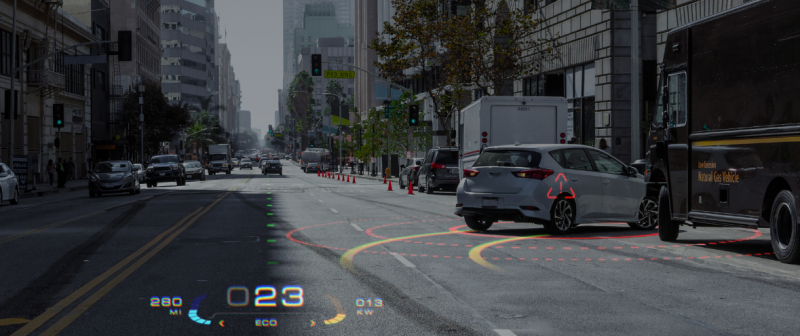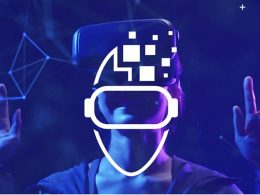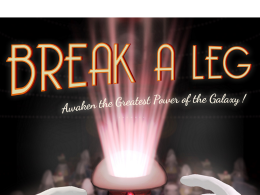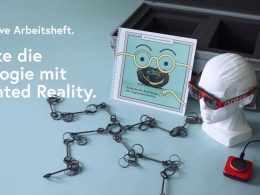A lot has happened at the Swiss company Wayray, which wants to take augmented reality to a new level.
Since we recently learnt about the Swiss company Wayray reports they are already a few steps ahead. As a reminder, their system generates full-colour holograms, i.e. augmented reality images on transparent surfaces.
Wayray, however, has big plans that are to be realised with a comparatively small device - and they consider this to be one of the advantages of their system. We already knew about the application, a head-up display for cars, i.e. a system that displays important information in the driver's field of vision. But now there is a little more information about it.
Not quite new but smaller
Such displays do exist, as we have already seen shown in cars for some time now. However, Wayray's system should only take up one to four litres of space in the dashboard. The competition needs many times more, says Vitaly Ponomarev, the company's technical mastermind. In addition, a special transparent film made of a polymer material must be laminated into the windscreen. Lasers then project what the driver sees onto this film.
Further advantages
Ponomarev is particularly proud of the holographic optical elements that Wayray has developed, which would solve many of the problems of conventional optics. The images generated in this way look very real. With previously available technologies, the movements made by the viewer's head also have to be recorded and factored in.
Another advantage of Wayray: unlike existing head-up displays, the eyes do not have to focus on a superimposed object, but it appears to the eye where the gaze falls anyway - for example as an arrow on a turning lane. Porsche is clearly serious about the Swiss technology company and led the most recent round of financing with an amount of 80 million dollars.
From the automotive industry out into the world
However, Wayray sees the automotive industry as just the beginning. In the long term, the company wants to create a marketplace for augmented reality content. House fronts, for example, could be provided with a second reality. A museum could display an interesting exhibition on its exterior façade, for example. And when cars actually drive themselves at some point, content could also be added to the vehicle. Wayray is already working on the marketplace that will collect and distribute such content - such as short films and references to an exhibition. In the long term, says Ponomarev, the aim is not just to sell hardware, but to create a platform on which third-party providers can also make their content available.
Wayray now has 250 employees who have created a great deal of intellectual property - both hardware and software. Wayray therefore does not see itself as a supplier, but as a technology manufacturer.
The team is also planning to offer a system for home use, possibly before the end of the year. They have not yet revealed any details. However, the planned name Playray already suggests the direction it could take.
Source: sueddeutsche / Wayray









